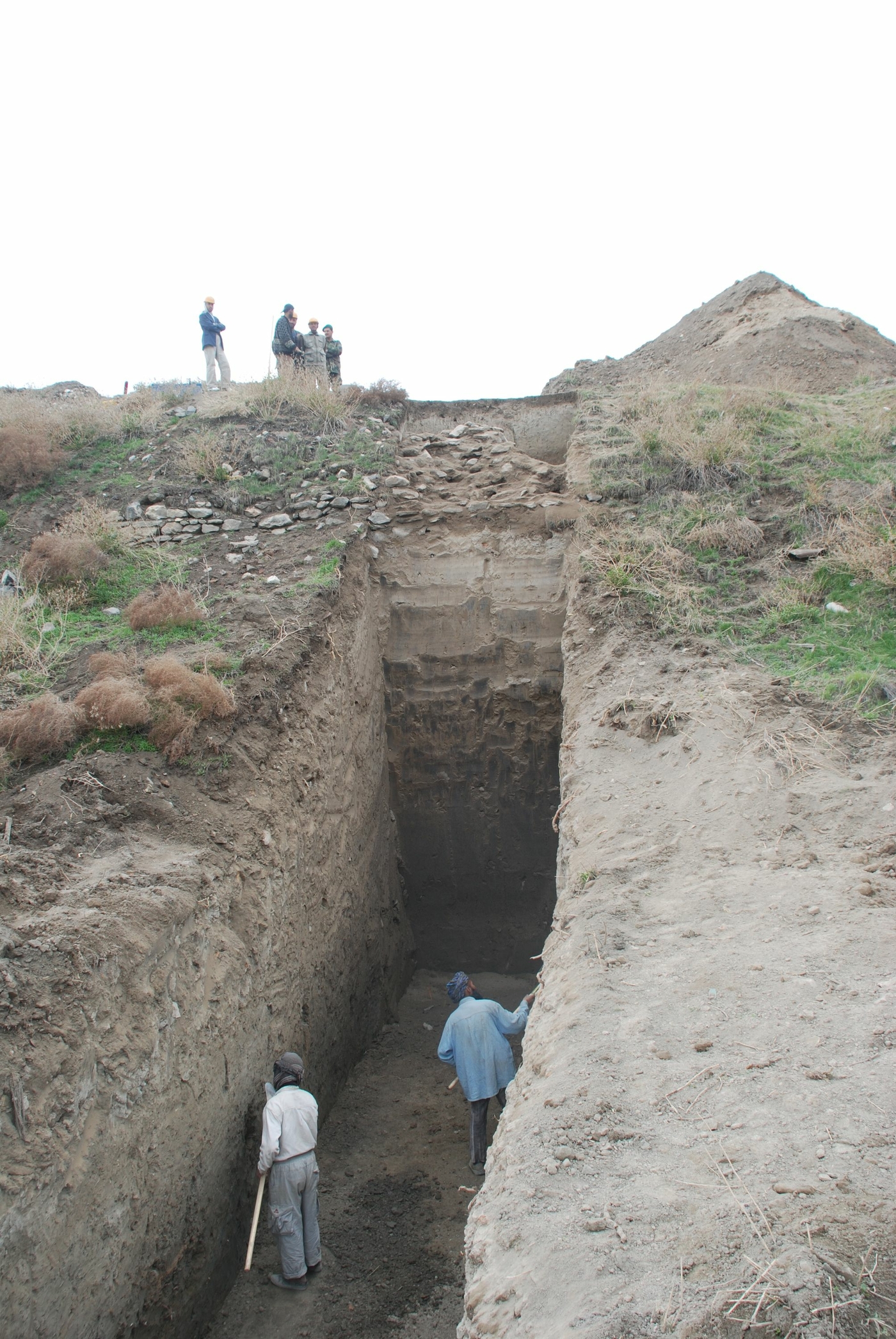Bala Hissar, Kabul
Perched above present-day Kabul, the Bala Hissar (‘the High Fort’) is an imposing group of buildings and among the most important remains to survive from the Afghan capital’s long history. It is also one of the most important archaeological reserves in the region.

A symbolic site
The Bala Hissar in Kabul sits at the southern end of what was once the historic city of Kabul on the right bank of the river of the same name.
It is all that remains of the palace and powerful fortress where the British delegation led by Sir Louis Cavignari was massacred on 3 September 1879. This event lay at the origins of the second Anglo-Afghan war (1879–1880). By the end of the conflict, most of the fortification had been destroyed by British imperial troops.
The defensive system
Reoccupied by the Afghan army, this part of the city escaped the unplanned expansion of Kabul, which has gathered momentum over the last few decades. The archaeological observations made by DAFA from 2007 confirmed that, at least, from the 2nd century BCE, major defensive works were carried out on the western end of the rocky ridge known today as Sheer-i Darwaze. They constituted the centre of a system combining a line of walls covering the southern end of the city and the summit of Kouh-i Aseman and the fortified Buddhist monasteries dotting the Kabul basin (Tepe Naranj, Tepe Marandjan, and the like).
A strategic site
At Bala Hissar, the defensive works were organised around a system of terraces covering the slope of a rocky spur with, at its highest point, what may have been a stupa. Marshland protected the western and northern flanks of the site and provided hunting areas for the people who lived in the fortress. This system made it possible to control the crossroad that met at the urban site of Kabul, the importance of which is confirmed by historical sources including the “Book of Babur": the memoirs of the Emperor Babur (1483-1530), who stayed there many times.
Archaeological site
Occupied by the army until recently, the site, unusually for Afghanistan, has largely avoided being looted, making it a primary archaeological deposit. A vast programme to conserve the remains of the fortifications and to investigate the site archaeologically is expected to begin within years.




